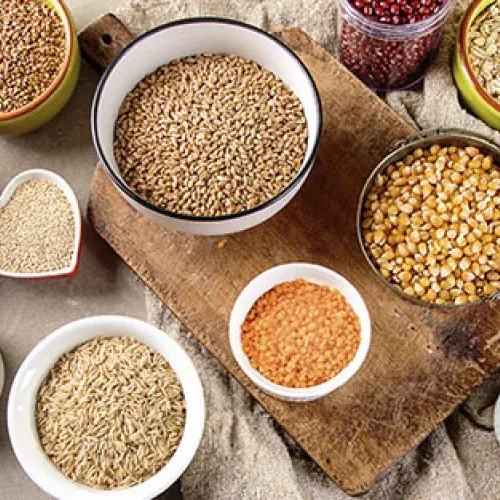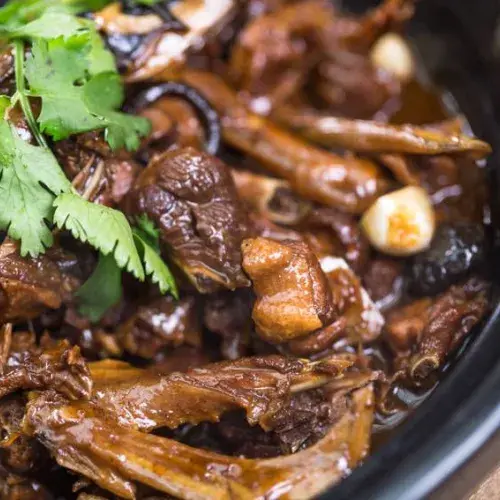The spanish flavor of spices

The flavors of Spanish cuisine are a reference worldwide. When it comes to making Spanish dishes, using native aromatic herbs and spices will give a unique touch to our dishes.
The gastronomy of each region of Spain is influenced by the cultural and social aspects that have occurred over centuries of history. The typical gastronomy of the south, for example, is more influenced by the Roman and Arab culture, where the base of the cuisine is the combination of ingredients and spices.
In the north they don't use aromatic herbs such as cumin or basil, which are so typical in the south, but they use others like cinnamon, bay or parsley.
It should be noted that, despite the advantages obtained when using these spices in the kitchen, you need to find the right balance between using and abusing them, so they don't become a habit that replaces the true flavor of food. With the good use of these aromatic herbs, we will be able to give a special touch to our dishes.
WHICH SPICES TO USE AND WHEN?
Basil: From its leaves we get its delicious fresh, delicate flavor. Both fresh and dry, it is a great complement to recipes where tomatoes are the main ingredient, as is often the case in Mediterranean cuisine.
Saffron: It is sold in powder or in threads. It is a condiment well known for providing the flavor and especially the color in paellas, rice, meat and seafood dishes.
Clove: We use it to get strong flavors. The buds, either whole or ground, are present in recipes made with meat, fish and seafood, as well as sweets, stews and drinks.
Ginger: A common condiment in Asian cuisine as well as in the preparation of alcohol-free drinks. We can discover it in breads, cakes and cookies and we will recognize it for its bitter spicy taste.
Oregano: It is the aromatic herb par excellence, unique for seasoning pizzas and pastas, as well as meat of all kinds, fillings, salads and eggs.
Thyme: Its aromatic properties are used to enhance broths, vegetables, meats, fillings and soups, especially recipes with tomato. It has always been known for its ability to preserve the nutrients of the foods it seasons.


